Malta
In May 2022 we flew to Dubai on to Larnaca in Cyprus and finally to Valletta in Malta.
It was our sixth trip with Operatif Music Lovers tours.
We spent 5 nights in Malta before we caught the ferry to Sicily.
Dating from 1566, the city wall forms part of the fortifications of Valletta.
The city's first stone was laid by Grand Master Jean de Valette, and the new city was called Valletta in his honour.
The fortifications of Valletta first saw use during the French invasion in 1798.
The Order capitulated only three days later, and Valletta and its fortifications were handed over to the French.
Upon viewing the fortifications, Napoleon reportedly remarked "I am very glad that they opened the gate for us".
In an 1878 book, Valletta was described as "one of the best fortified [cities] in the world".
Most of the fortifications remain largely intact today they form part of a UNESCO World Heritage Site.
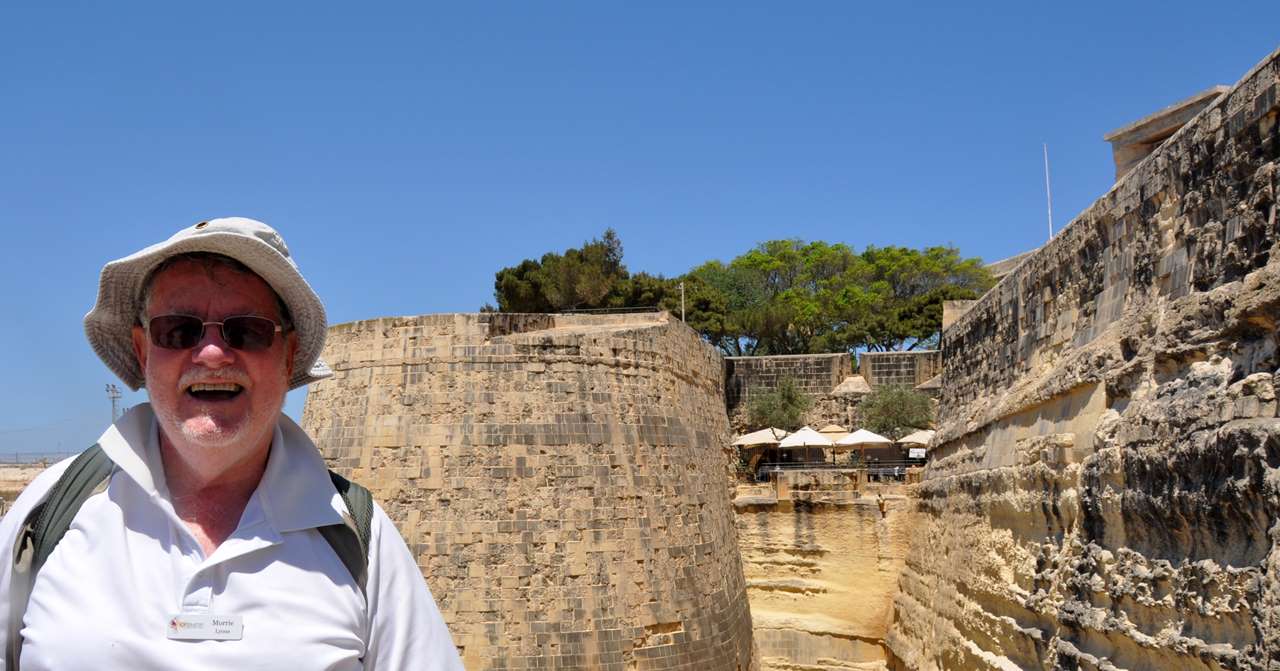
The remains of the Valletta Opera House.
The construction of The Royal Opera House, also known as the Royal Theatre was completed in 1866.
The theatre received a direct hit from aerial bombing in 1942 during World War II.
After several abandoned plans to rebuild the theatre, the ruins were redesigned and in 2013 it once again started functioning
as an outdoor performance venue, called Pjazza Teatru Rjal.
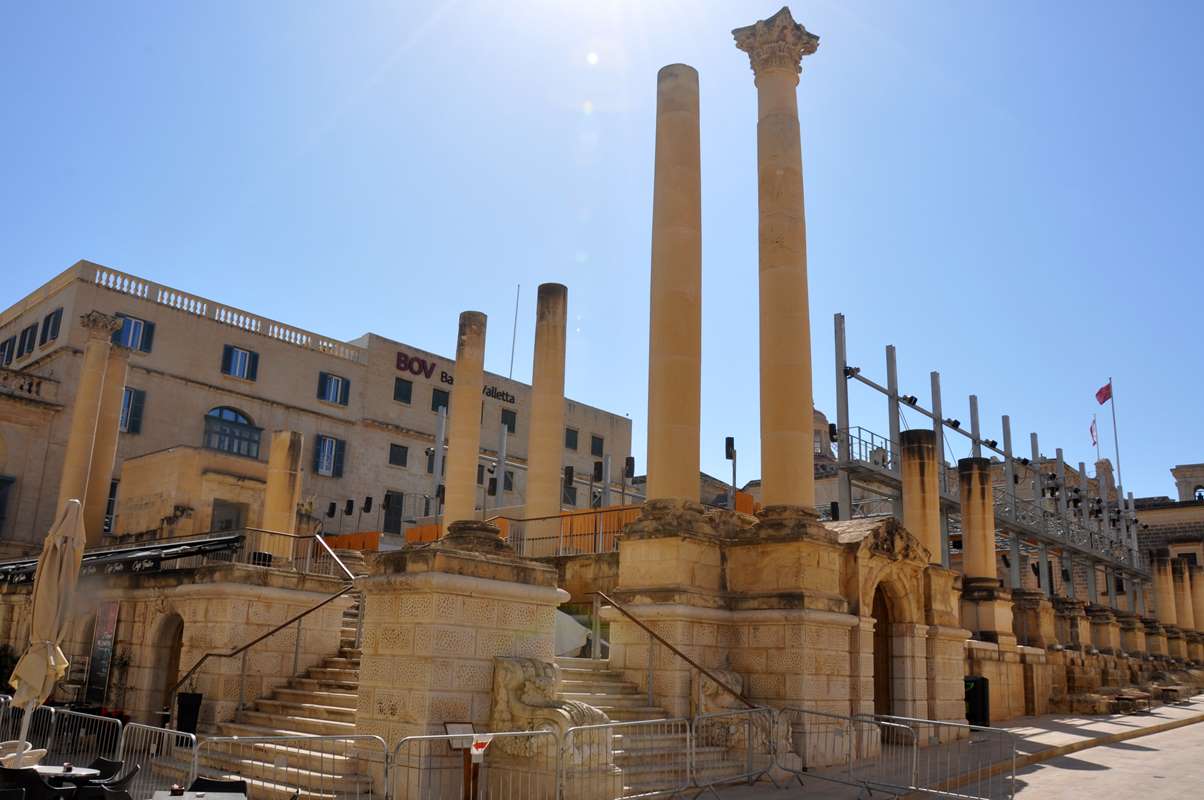
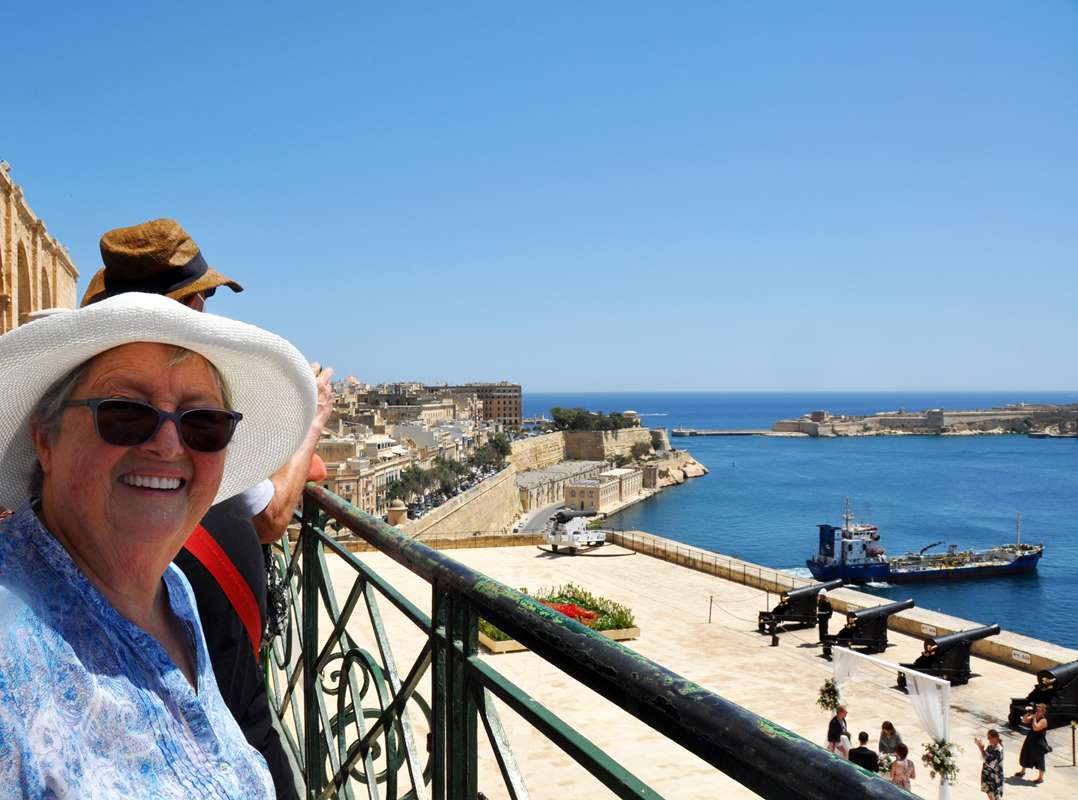
St Johns Co-Cathedral - Valletta
This Roman Catholic Cathedral was built by the Order of St. John between 1572 and 1577 and is dedicated to Saint John the Baptist.
In the 17th century, its interior was redecorated in the Baroque style by Mattia Preti and other artists.
The interior of the church is considered to be one of the finest examples of high Baroque architecture in Europe.
St. John's remained the main church of the Order until they were expelled from Malta with the French occupation in 1798.
Over time, the church grew to equal prominence with the archbishop's Cathedral at Mdina.
In the 1820s, the Bishop of Malta was allowed to use St John's as an alternative see and it thus formally became a Co-cathedral.
Valletta's residents are very proud of their Cathedral and is at the the top of the "must-sees" in Valletta.
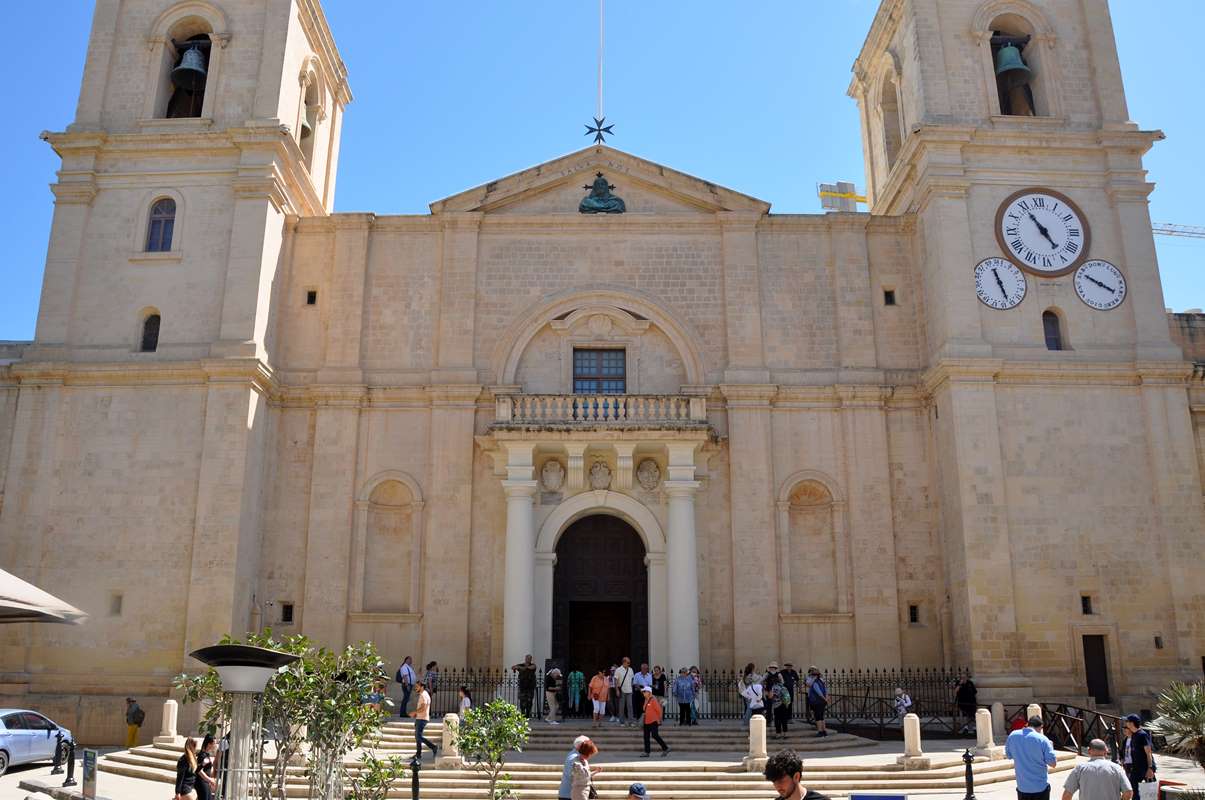
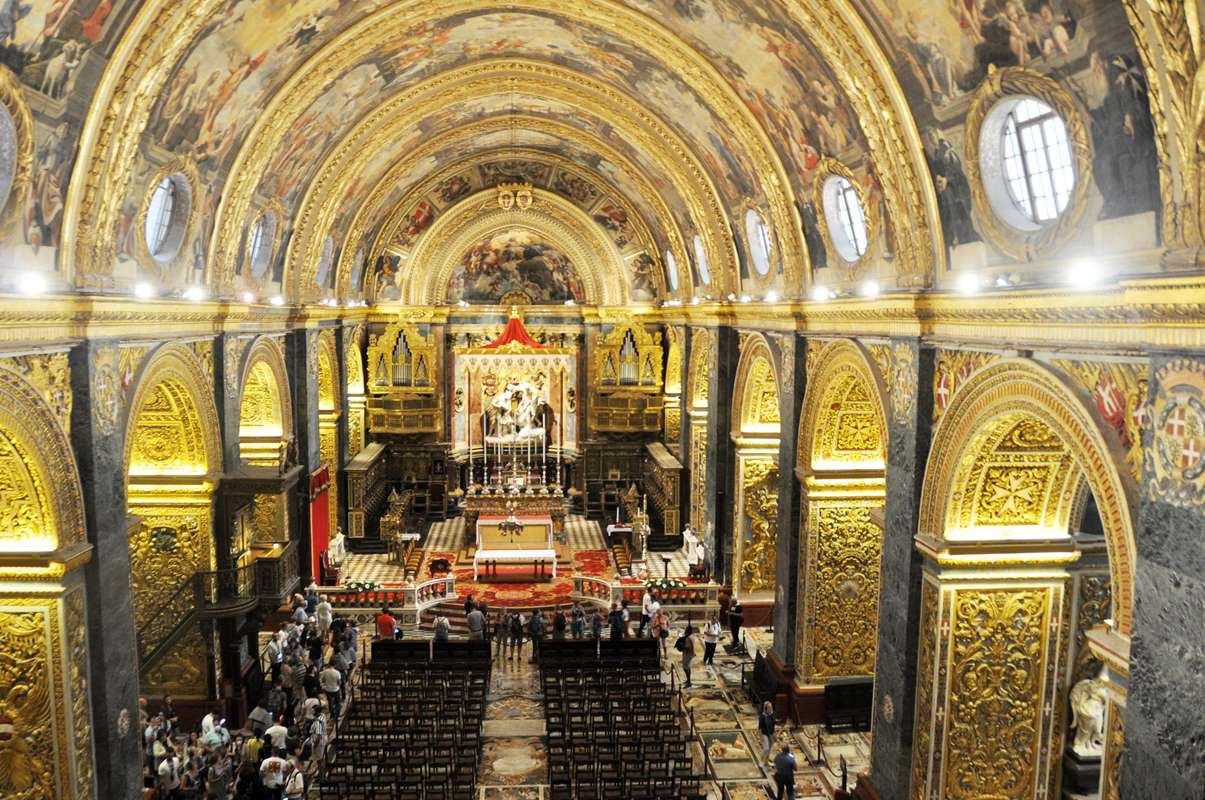
Valletta has 2 harbours. Our cruise was on the Grand Harbour.
(The other harbour is the smaller Marsamxett Harbour)
The Maltese islands have a long history, mainly due to their strategic location and natural harbours.
The Grand Harbour has been used since prehistoric times.
Megalithic remains have been found on the shores of the Grand Harbour.

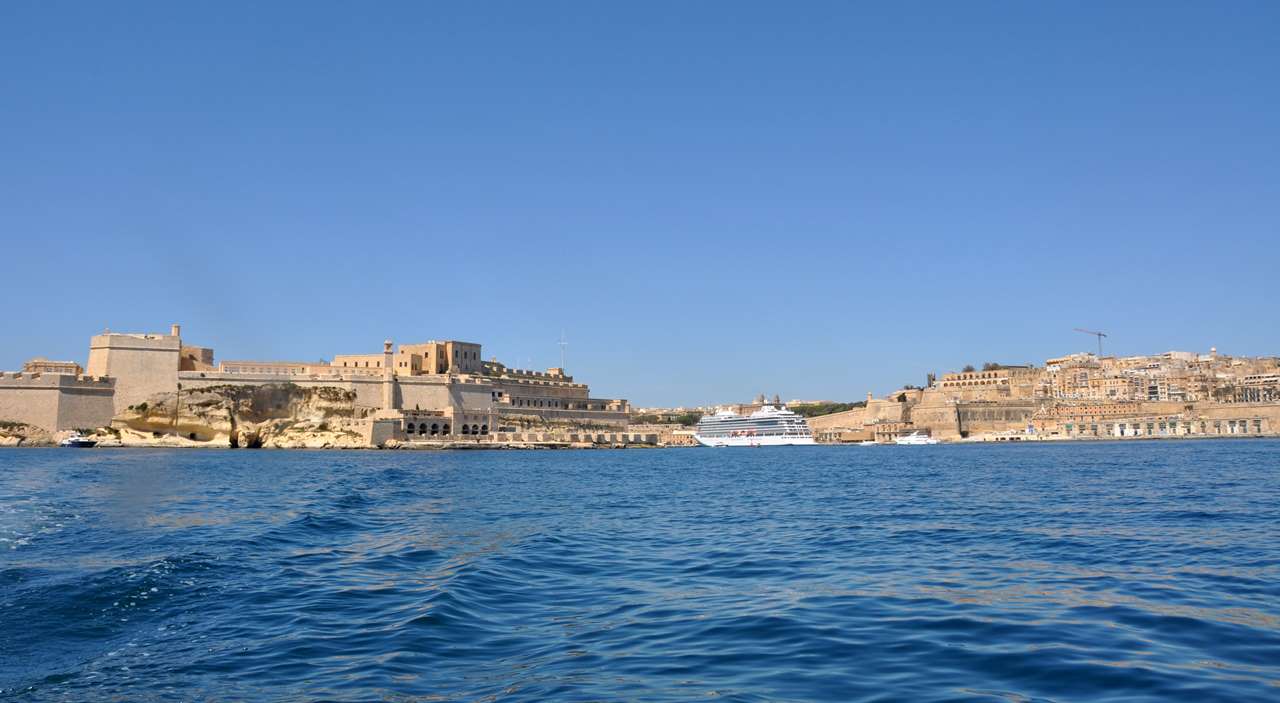
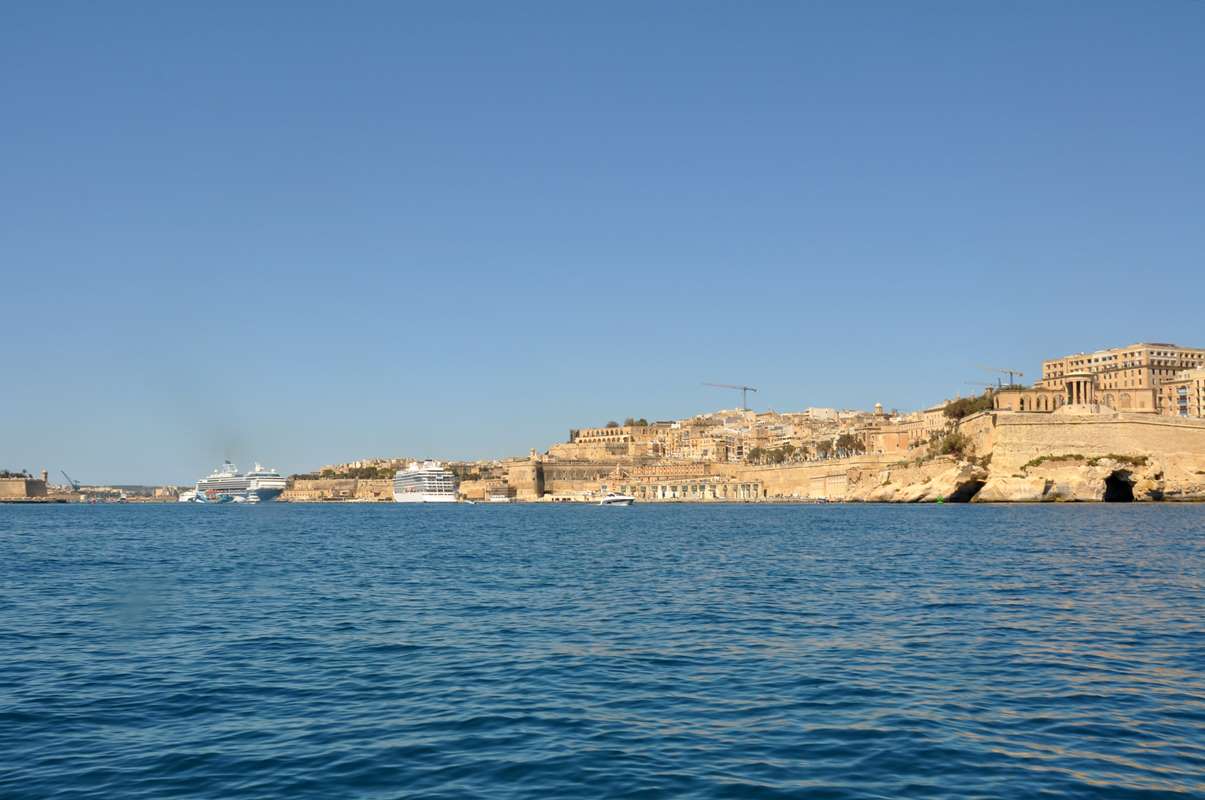
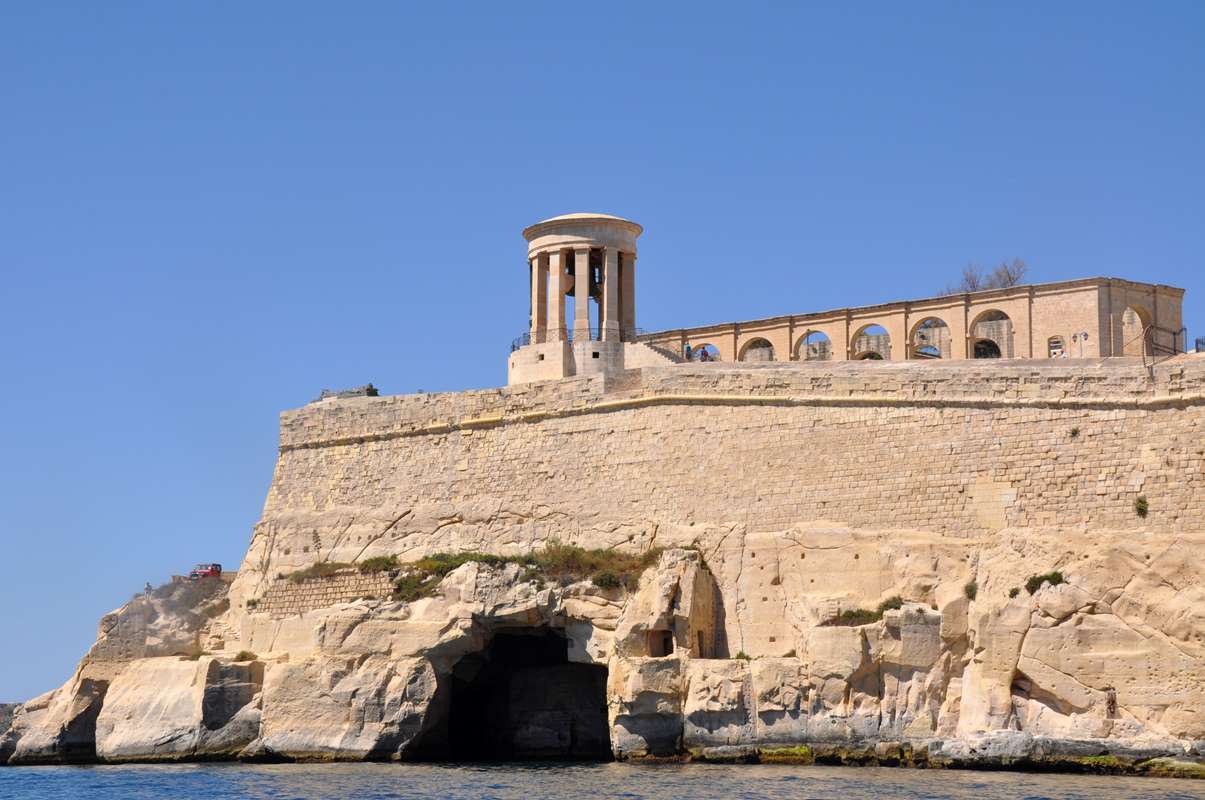


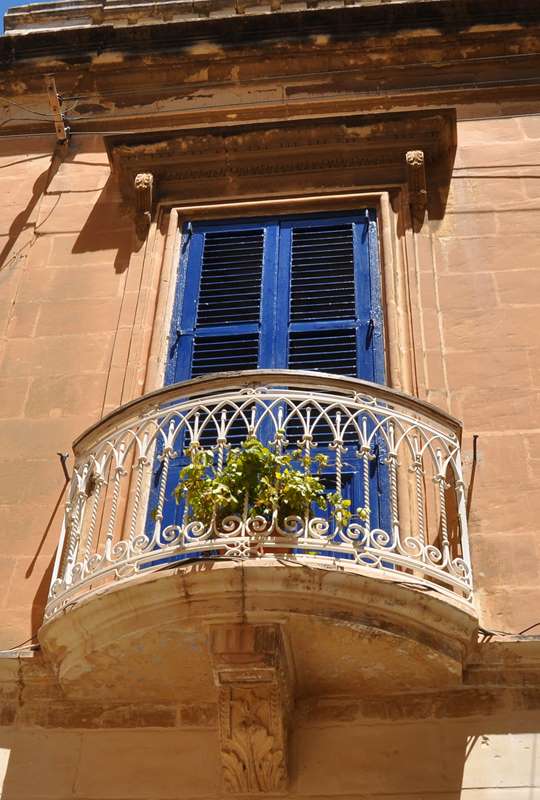
Manoel Theatre
The theatre considers itself the country's national theatre and is the home of Malta Philharmonic Orchestra.
Originally called the Teatro Pubblico, its name was changed to Teatro Reale (Theatre Royal) in 1812,
and renamed Teatru Manoel in 1866. The first play to be performed was Maffei's Merope.
The theatre is a small, 623 seat venue, with an oval-shaped auditorium and tiers of boxes constructed entirely of wood,
decorated with gold leaf.
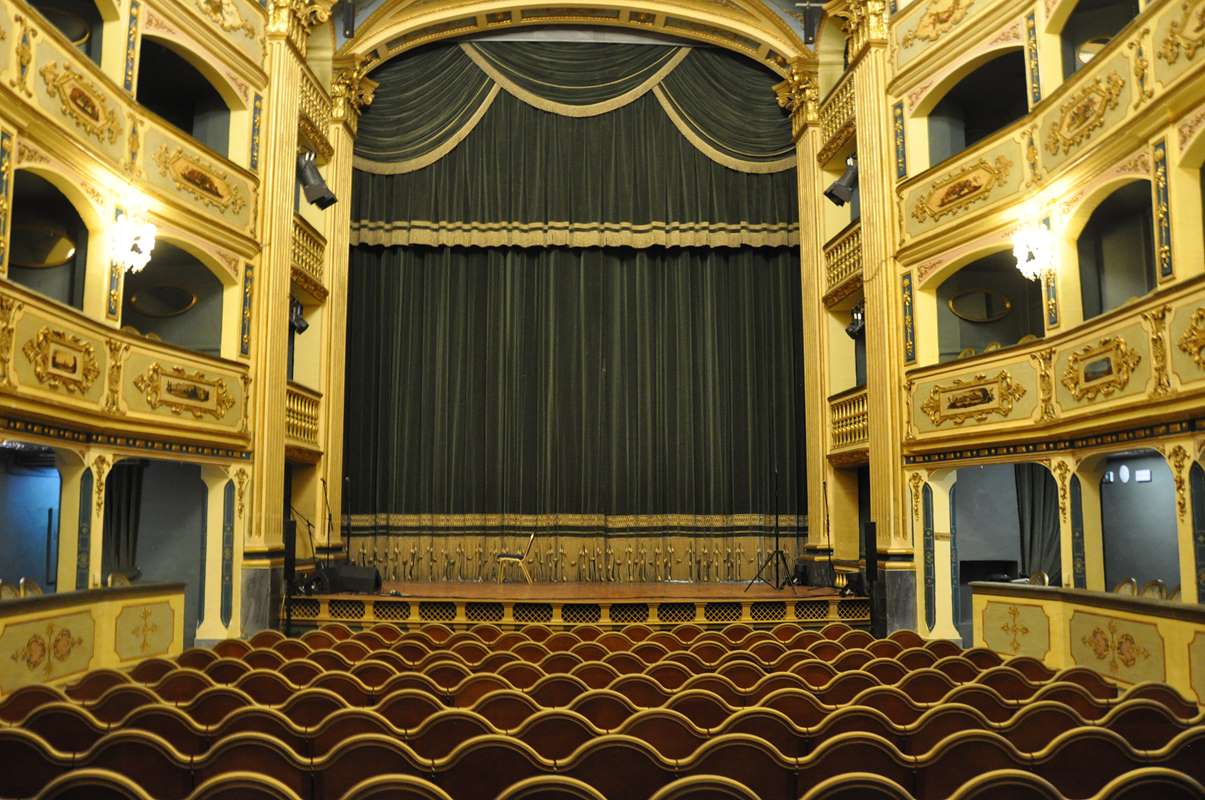
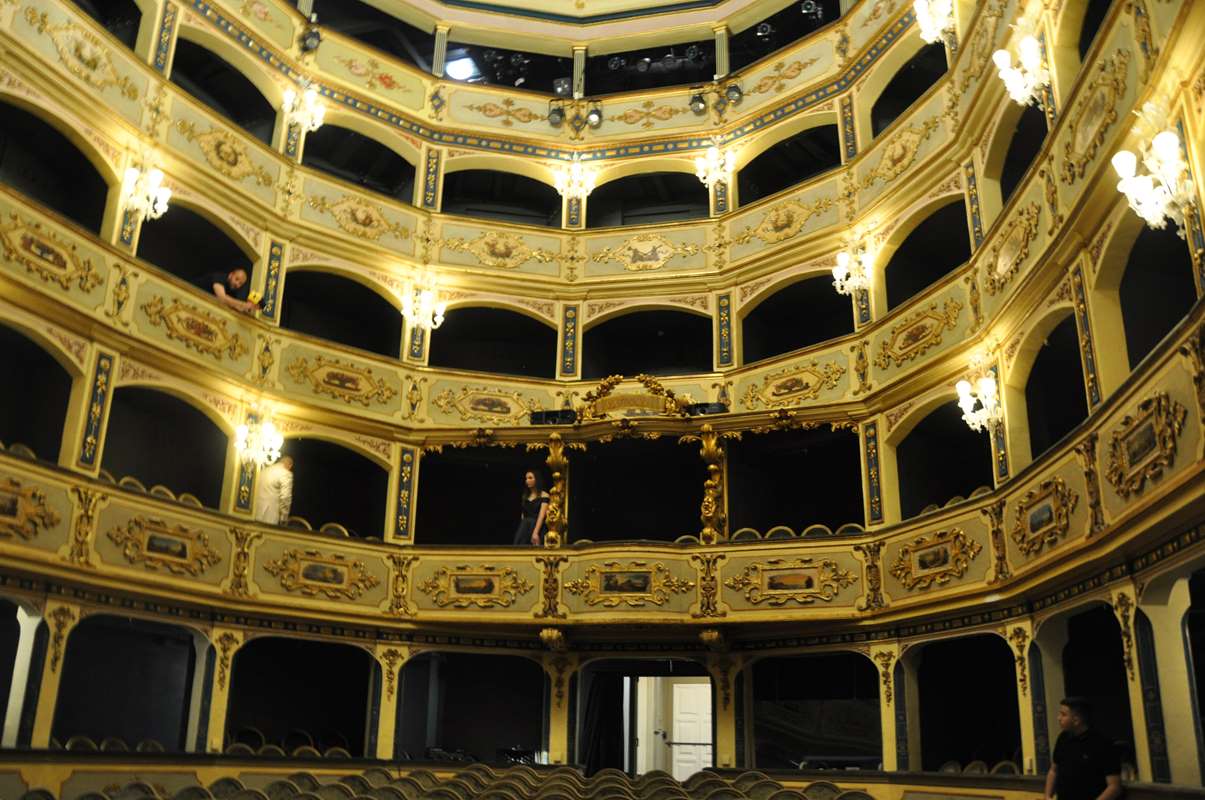
Malta - Island tour
Malta is an archipelago in the central Mediterranean Sea, some 80 km from southern Italy across the Malta Channel.
Only the three largest islands - Malta (Malta), Gozo (Għawdex), and Comino (Kemmuna - are inhabited.
The islands of the archipelago lie on the Malta plateau, a shallow shelf formed from the high points of a land bridge between
Sicily and North Africa that became isolated as sea levels rose after the last ice age.
The archipelago is located on the African tectonic plate.
About 485,000 people live on the largest island, Malta.
The total population of the whole country is about 520,000.
We had a day tour of the island.
Our first stop was at the small traditional village of Marsaxlokk.
Marsaxlokk was used as a port by Phoenicians, Carthaginians and also has the remains of a Roman-era harbour.
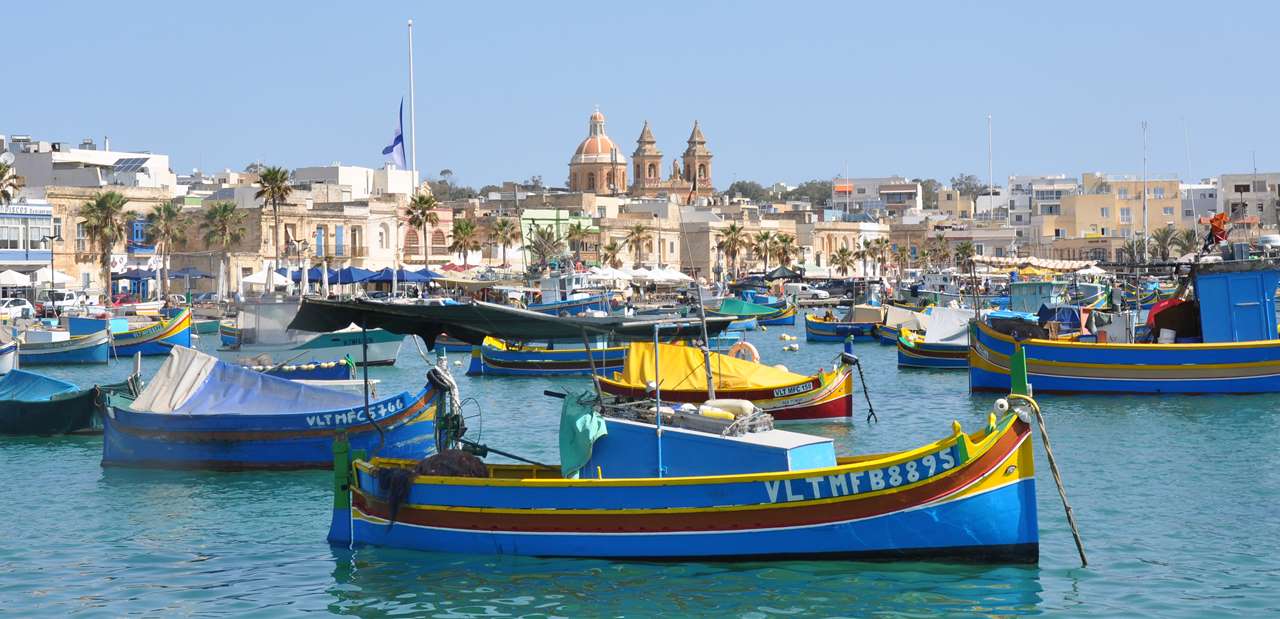
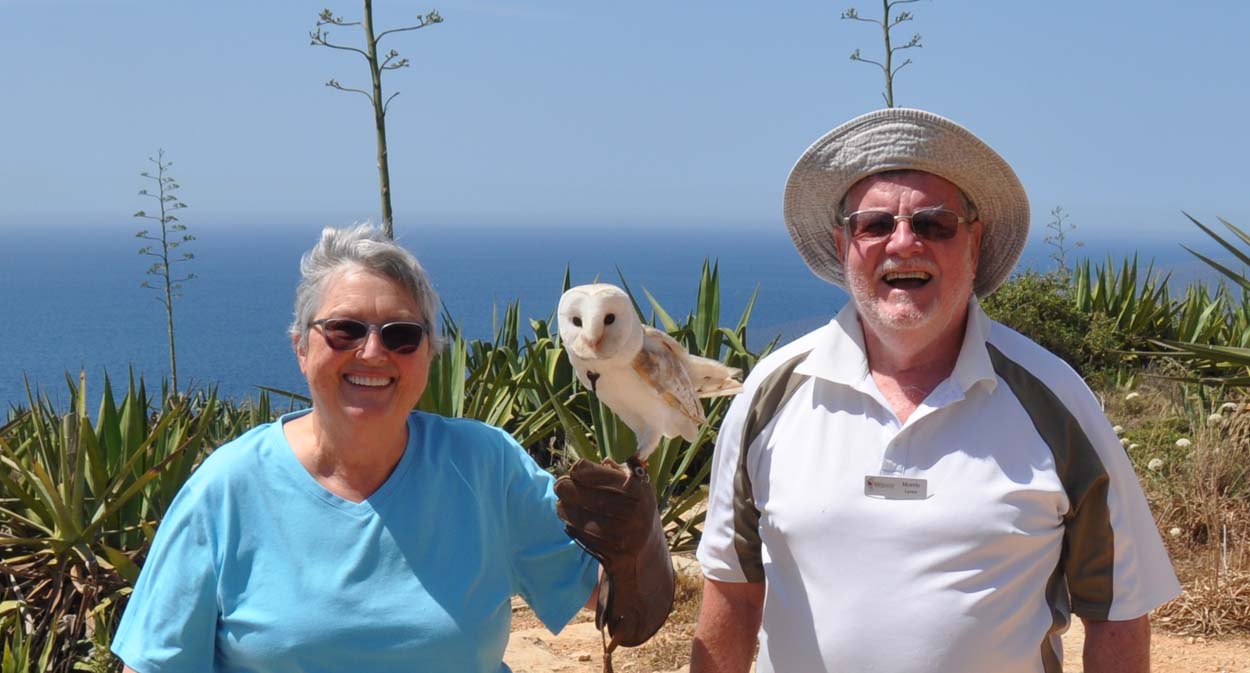
Malta was first inhabited around 5900 BC, but by 3850 BC, a second wave had arrived from Sicily who built coralline limestone temples.
The oldest Ggantija temples were constructed between 3600-3200 BC and the middle and lowest temples were built between 3150-2500 BC.
However, shortly after this period in 2350 BC, the neolithic culture seemed to disappear.
Ħaġar Qim is the first temple you reach after the visitors centre.
The temple was originally roofed over, probably with corbelled stone vaults, but these have long since collapsed.
It was first partially excavated in 1839.
No burials exist in the temple or the area surrounding Ħaġar Qim, nor have any human bones been discovered in Maltese temples.
Bones of numerous sacrificial animals have been found.
The materials used by the Neolithic builders to construct the Maltese temple complexes can be found locally.
In addition to the hard, chalky coralline limestone, the softer globigerina limestone was also used.
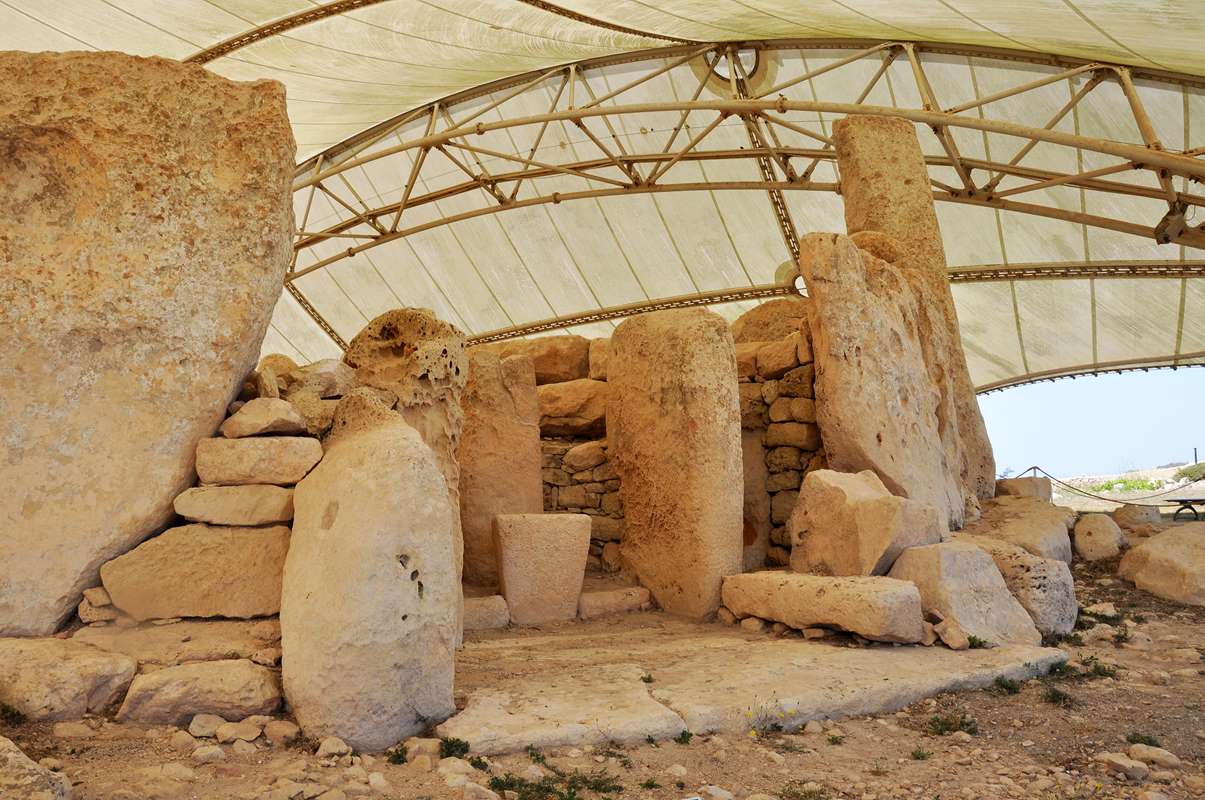
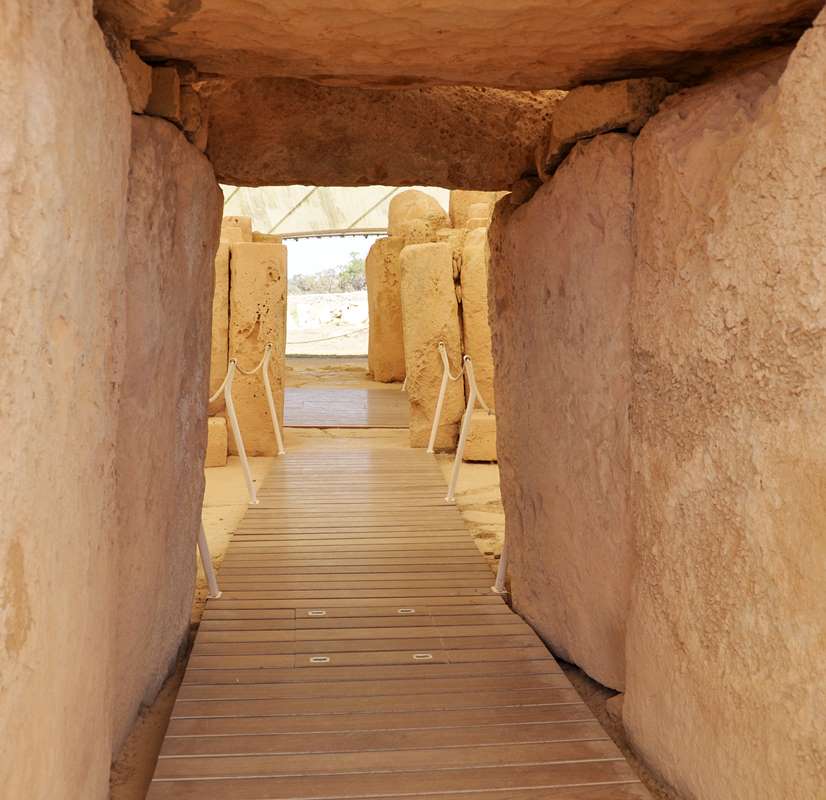
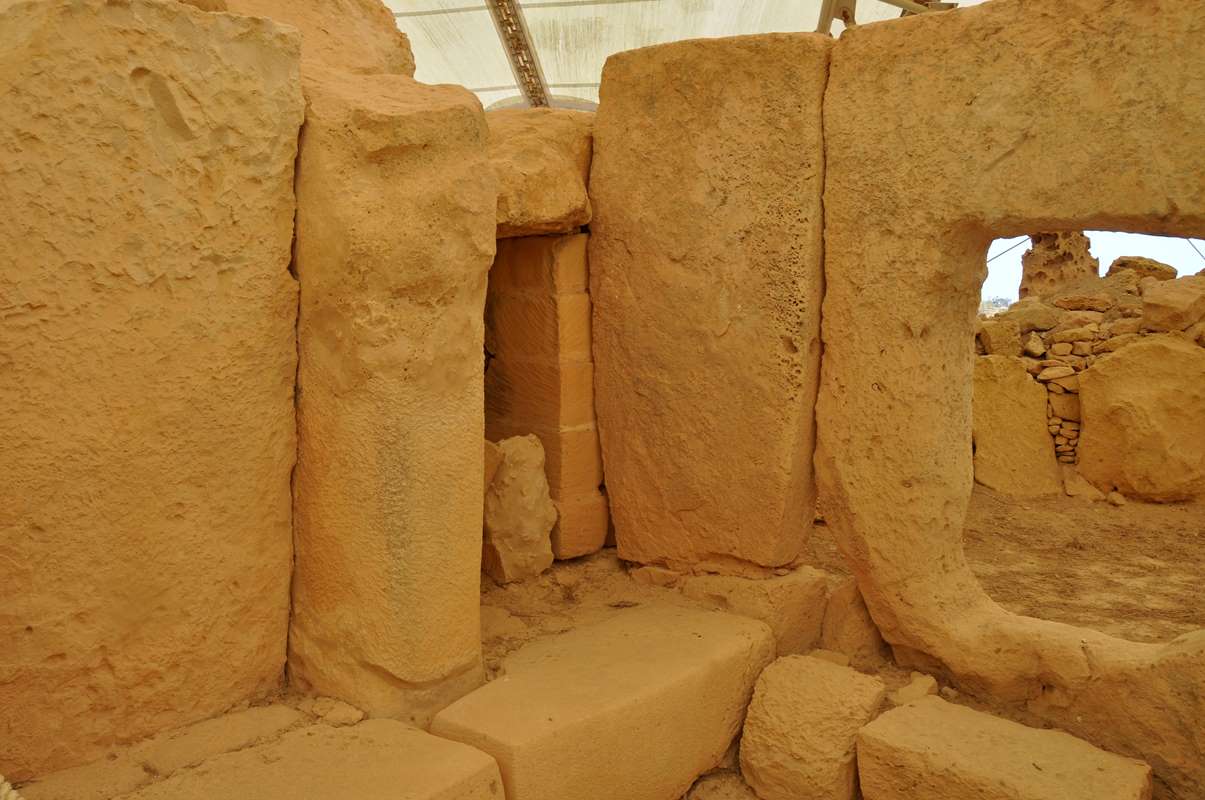
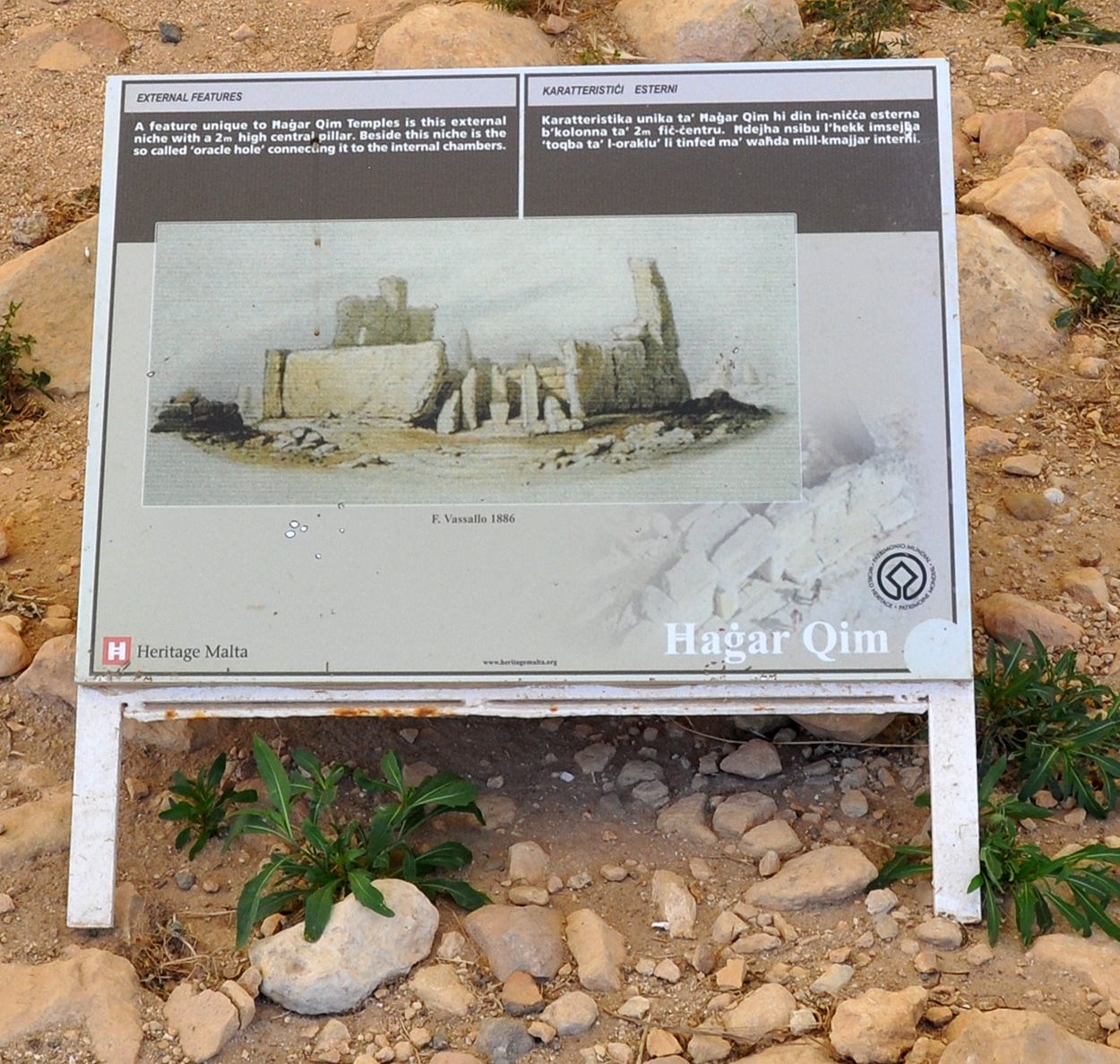
Mdina, a fortified city in the Northern Region of Malta.was the last stop on our island tour.
The city was founded as Maleth in around the 8th century BC by Phoenician settlers, and was later renamed Melite by the Romans.
Ancient Melite was larger than present-day Mdina, and it was reduced to its present size during the Byzantine or Arab occupation of Malta.
During the latter period, the city adopted its present name, which derives from the Arabic word medina.
The city remained the capital of Malta throughout the Middle Ages, until the arrival of the Order of St. John in 1530,
when Birgu became the administrative centre of the island.
Mdina experienced a period of decline over the following centuries, although it saw a revival in the early 18th century.
At this point, it acquired several Baroque features, although it did not lose its medieval character.
The city is still confined within its walls, and has a population of just under 300, but it is contiguous with the town of Rabat,
which takes its name from the Arabic word for suburb, and has a population of over 11,000.
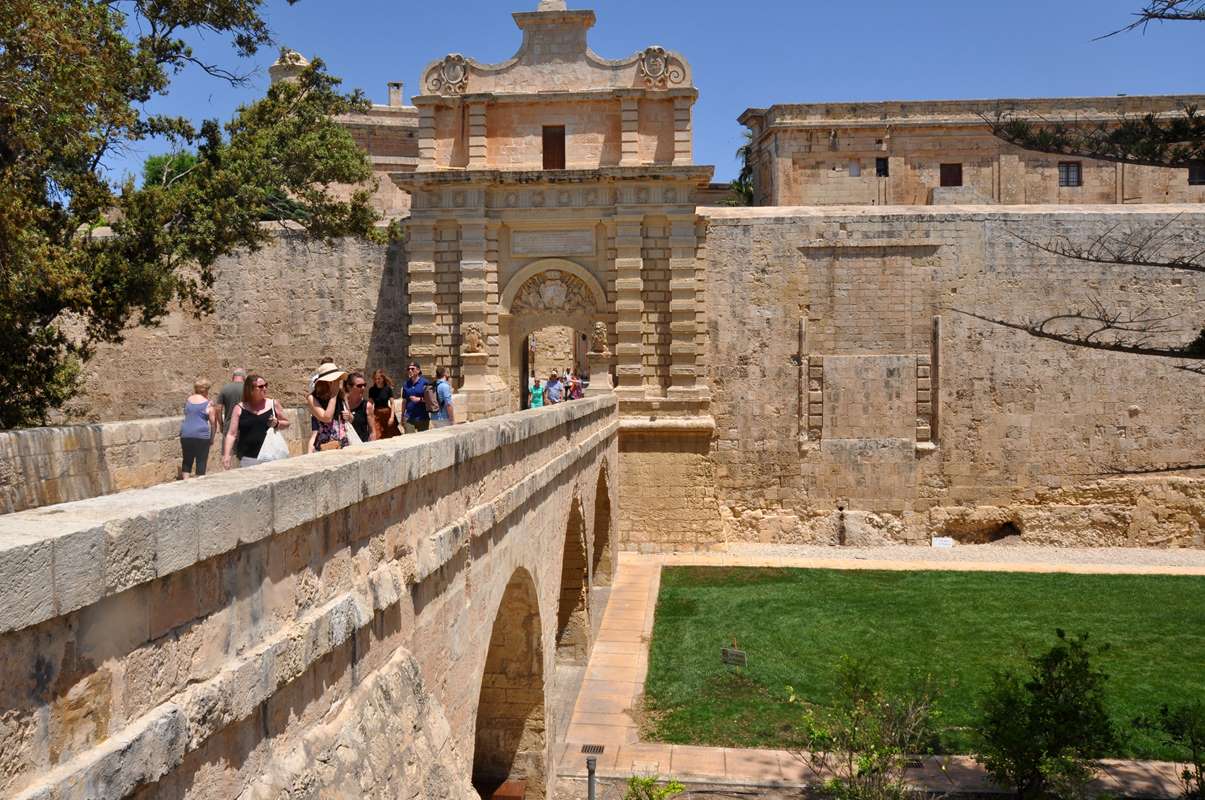
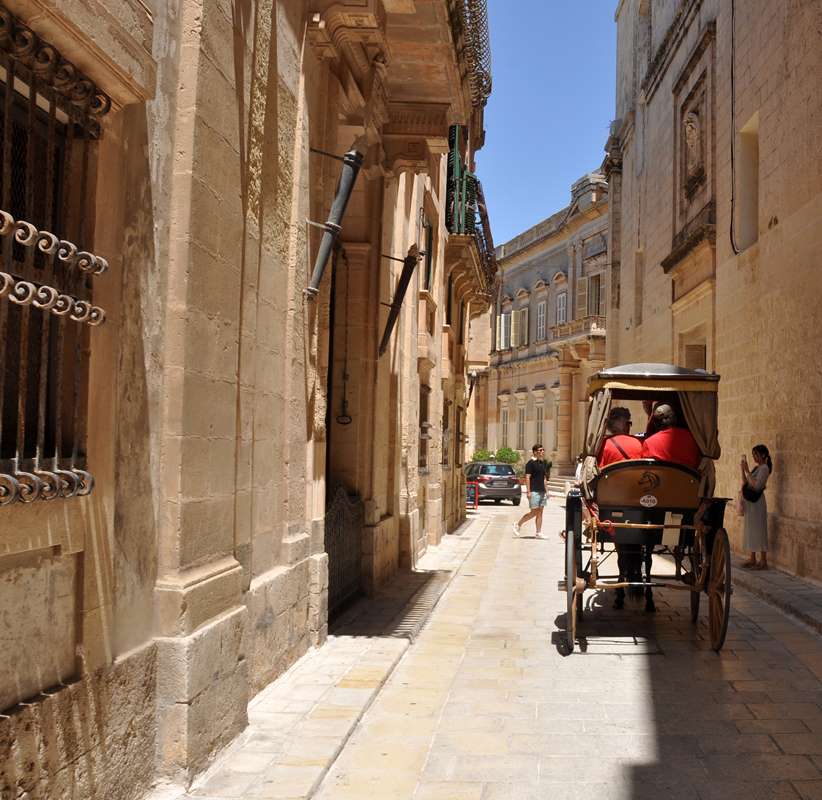
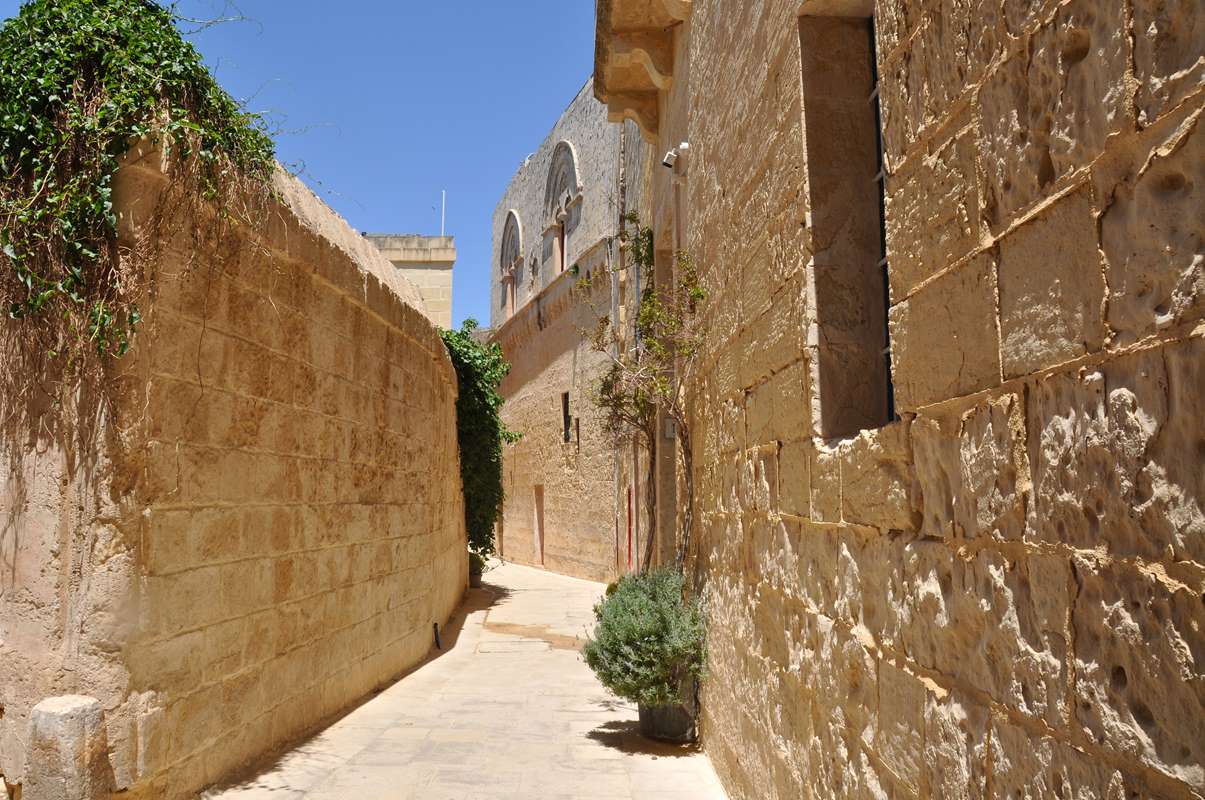
Gozo
After the island of Malta itself, Gozo is the second-largest island in the Malta archipelago.
The 67 km2 island has a population of 32,000 out of Malta's total population of 520,000.
Gozo is rural in character and less developed than the island of Malta.
Gozo has been inhabited since 5000 BC, when farmers from nearby Sicily crossed the sea to the island.
The history of Gozo is strongly coupled with the history of Malta, since Gozo has been governed by Malta throughout history.
The brief exception was following the French garrisons surrender to the British in 1798 during the uprising
against French forces after Napoleon's conquest of Malta.
Gozo then enjoyed a short period of autonomy until the French garrison in Valletta surrendered iny in 1813.
First views of Mġarr, the port city on Gozo where the ferry berthed.
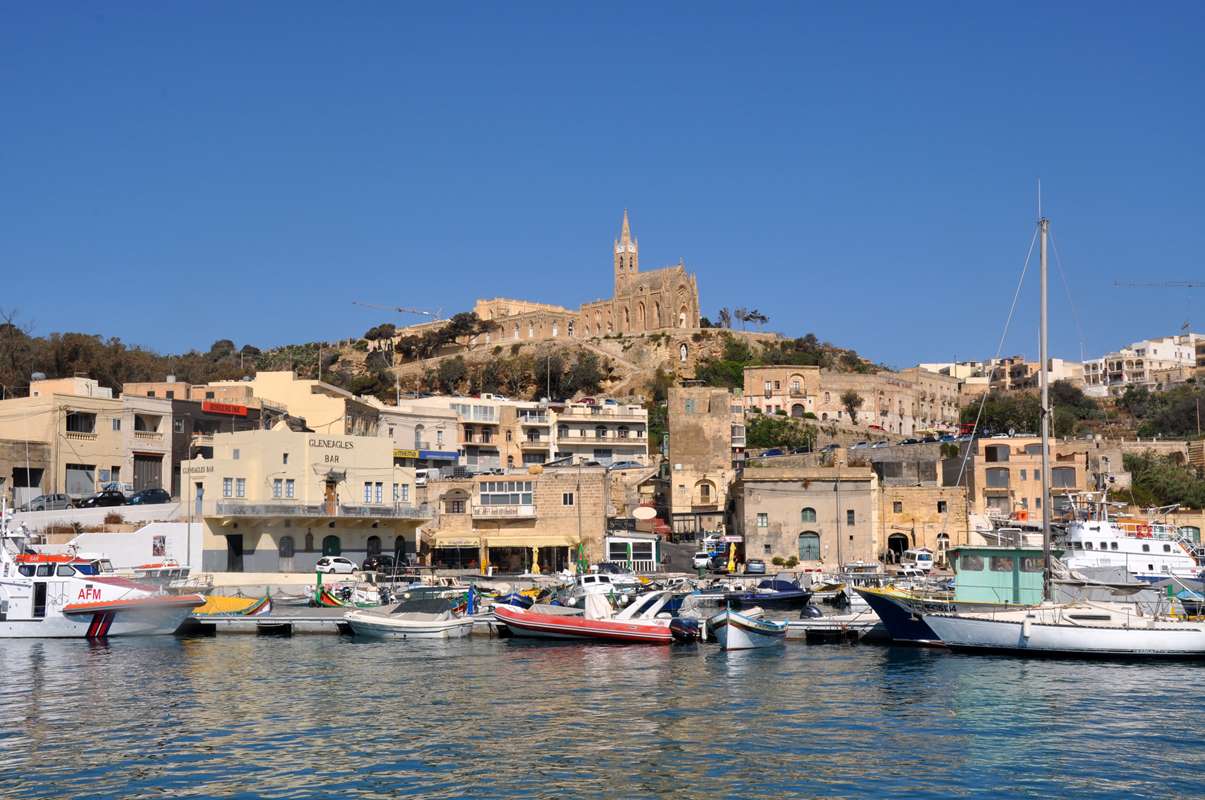

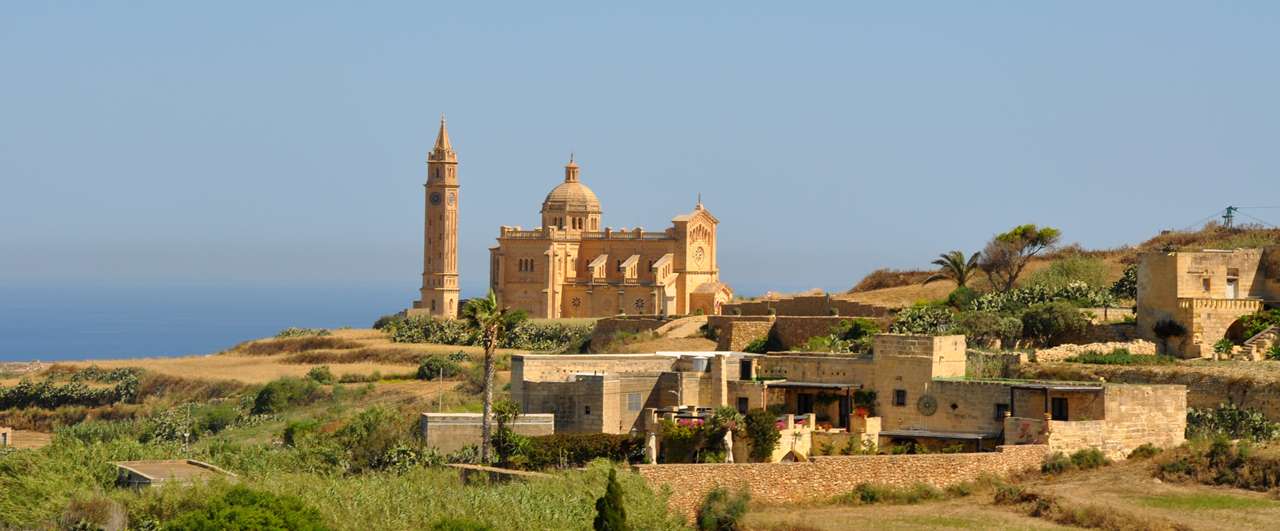
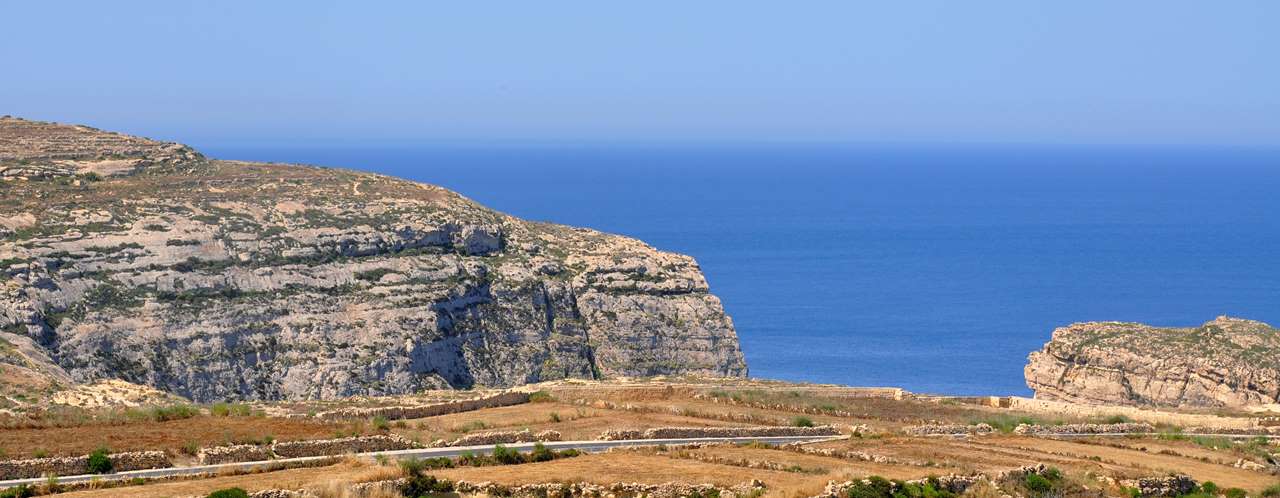
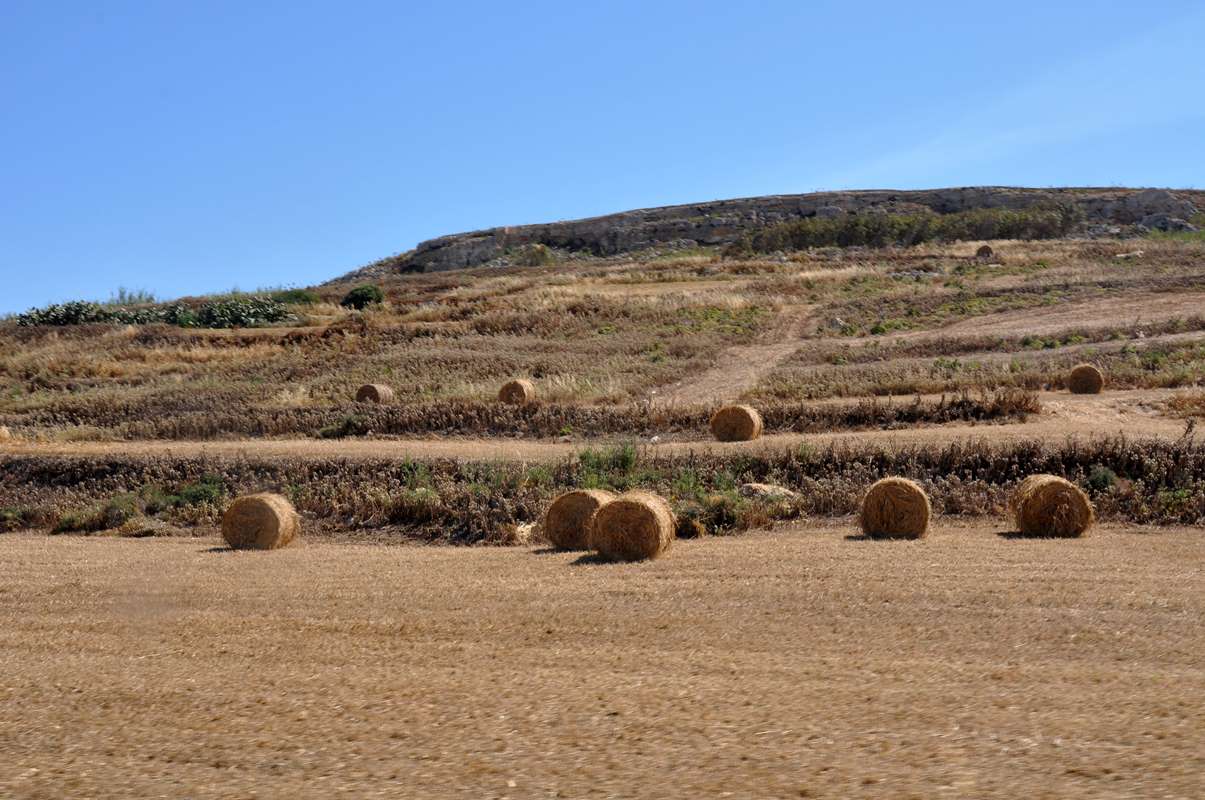
Eggs Benedict for breakfast at our hotel in Valletta (The Phoenicia).

We had to have a swim in their infinity pool.
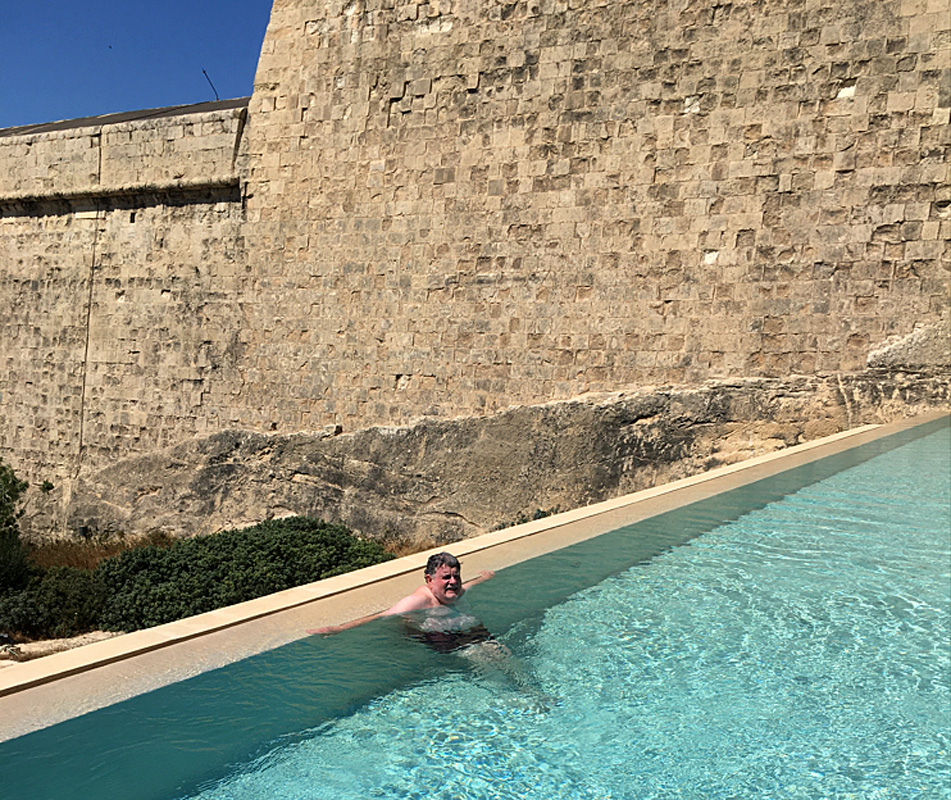
Malta to Sicily ferry
After 5 wonderful days in Malta we left Valletta for Pozallio in Sicily on the ferry Jean de Vallette.
It was an early start as the ferry left at 7:15am.
We had to show proof of immunisation against covid-19 before boarding the ferry..
It was a smooth 2-hour, 80km cruise.
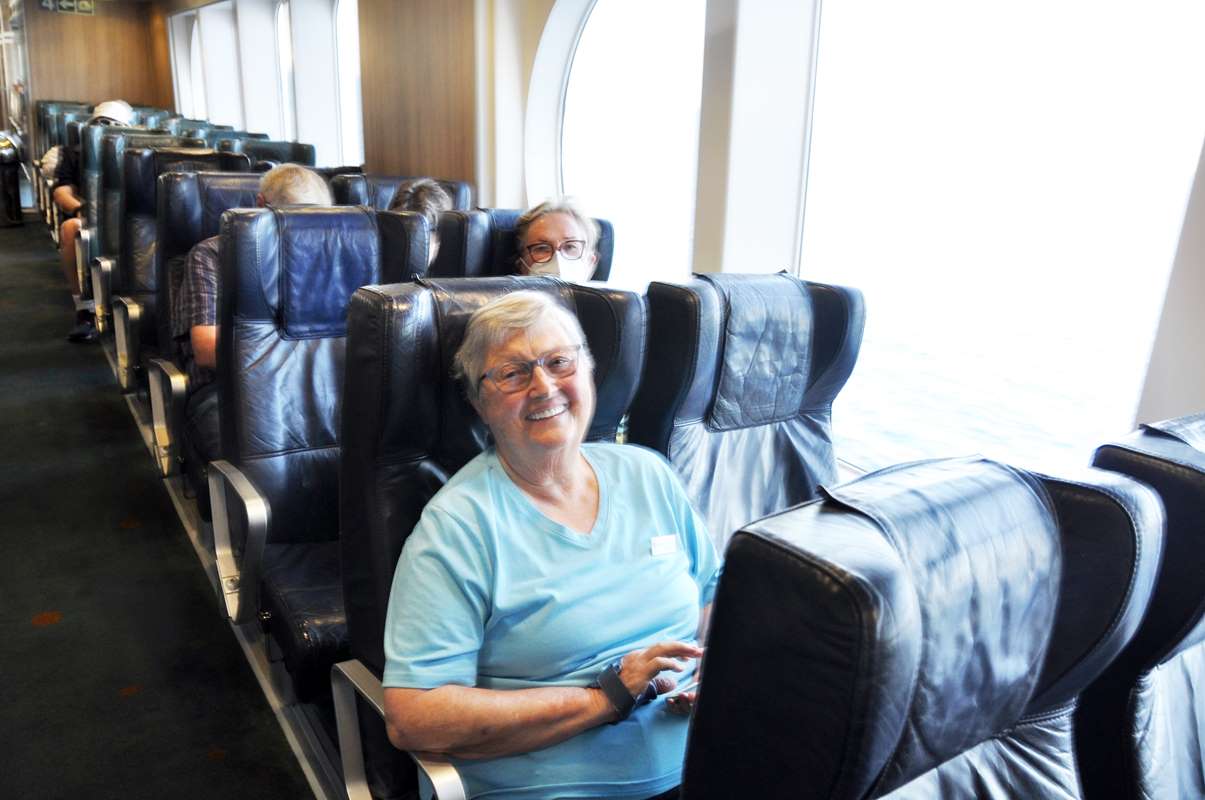
In May 2022 we flew to Dubai on to Larnaca in Cyprus and finally to Valletta in Malta.
It was our sixth trip with Operatif Music Lovers tours.
We spent 5 nights in Malta before we caught the ferry to Sicily.
Dating from 1566, the city wall forms part of the fortifications of Valletta.
The city's first stone was laid by Grand Master Jean de Valette, and the new city was called Valletta in his honour.
The fortifications of Valletta first saw use during the French invasion in 1798.
The Order capitulated only three days later, and Valletta and its fortifications were handed over to the French.
Upon viewing the fortifications, Napoleon reportedly remarked "I am very glad that they opened the gate for us".
In an 1878 book, Valletta was described as "one of the best fortified [cities] in the world".
Most of the fortifications remain largely intact today they form part of a UNESCO World Heritage Site.
The remains of the Valletta Opera House.
The construction of The Royal Opera House, also known as the Royal Theatre was completed in 1866.
The theatre received a direct hit from aerial bombing in 1942 during World War II.
After several abandoned plans to rebuild the theatre, the ruins were redesigned and in 2013 it once again started functioning
as an outdoor performance venue, called Pjazza Teatru Rjal.
St Johns Co-Cathedral - Valletta
This Roman Catholic Cathedral was built by the Order of St. John between 1572 and 1577 and is dedicated to Saint John the Baptist.
In the 17th century, its interior was redecorated in the Baroque style by Mattia Preti and other artists.
The interior of the church is considered to be one of the finest examples of high Baroque architecture in Europe.
St. John's remained the main church of the Order until they were expelled from Malta with the French occupation in 1798.
Over time, the church grew to equal prominence with the archbishop's Cathedral at Mdina.
In the 1820s, the Bishop of Malta was allowed to use St John's as an alternative see and it thus formally became a Co-cathedral.
Valletta's residents are very proud of their Cathedral and is at the the top of the "must-sees" in Valletta.
Valletta has 2 harbours. Our cruise was on the Grand Harbour.
(The other harbour is the smaller Marsamxett Harbour)
The Maltese islands have a long history, mainly due to their strategic location and natural harbours.
The Grand Harbour has been used since prehistoric times.
Megalithic remains have been found on the shores of the Grand Harbour.
Manoel Theatre
The theatre considers itself the country's national theatre and is the home of Malta Philharmonic Orchestra.
Originally called the Teatro Pubblico, its name was changed to Teatro Reale (Theatre Royal) in 1812,
and renamed Teatru Manoel in 1866. The first play to be performed was Maffei's Merope.
The theatre is a small, 623 seat venue, with an oval-shaped auditorium and tiers of boxes constructed entirely of wood,
decorated with gold leaf.
Malta - Island tour
Malta is an archipelago in the central Mediterranean Sea, some 80 km from southern Italy across the Malta Channel.
Only the three largest islands - Malta (Malta), Gozo (Għawdex), and Comino (Kemmuna - are inhabited.
The islands of the archipelago lie on the Malta plateau, a shallow shelf formed from the high points of a land bridge between
Sicily and North Africa that became isolated as sea levels rose after the last ice age.
The archipelago is located on the African tectonic plate.
About 485,000 people live on the largest island, Malta.
The total population of the whole country is about 520,000.
We had a day tour of the island.
Our first stop was at the small traditional village of Marsaxlokk.
Marsaxlokk was used as a port by Phoenicians, Carthaginians and also has the remains of a Roman-era harbour.
Malta was first inhabited around 5900 BC, but by 3850 BC, a second wave had arrived from Sicily who built coralline limestone temples.
The oldest Ggantija temples were constructed between 3600-3200 BC and the middle and lowest temples were built between 3150-2500 BC.
However, shortly after this period in 2350 BC, the neolithic culture seemed to disappear.
Ħaġar Qim is the first temple you reach after the visitors centre.
The temple was originally roofed over, probably with corbelled stone vaults, but these have long since collapsed.
It was first partially excavated in 1839.
No burials exist in the temple or the area surrounding Ħaġar Qim, nor have any human bones been discovered in Maltese temples.
Bones of numerous sacrificial animals have been found.
The materials used by the Neolithic builders to construct the Maltese temple complexes can be found locally.
In addition to the hard, chalky coralline limestone, the softer globigerina limestone was also used.
Mdina, a fortified city in the Northern Region of Malta.was the last stop on our island tour.
The city was founded as Maleth in around the 8th century BC by Phoenician settlers, and was later renamed Melite by the Romans.
Ancient Melite was larger than present-day Mdina, and it was reduced to its present size during the Byzantine or Arab occupation of Malta.
During the latter period, the city adopted its present name, which derives from the Arabic word medina.
The city remained the capital of Malta throughout the Middle Ages, until the arrival of the Order of St. John in 1530,
when Birgu became the administrative centre of the island.
Mdina experienced a period of decline over the following centuries, although it saw a revival in the early 18th century.
At this point, it acquired several Baroque features, although it did not lose its medieval character.
The city is still confined within its walls, and has a population of just under 300, but it is contiguous with the town of Rabat,
which takes its name from the Arabic word for suburb, and has a population of over 11,000.
Gozo
After the island of Malta itself, Gozo is the second-largest island in the Malta archipelago.
The 67 km2 island has a population of 32,000 out of Malta's total population of 520,000.
Gozo is rural in character and less developed than the island of Malta.
Gozo has been inhabited since 5000 BC, when farmers from nearby Sicily crossed the sea to the island.
The history of Gozo is strongly coupled with the history of Malta, since Gozo has been governed by Malta throughout history.
The brief exception was following the French garrisons surrender to the British in 1798 during the uprising
against French forces after Napoleon's conquest of Malta.
Gozo then enjoyed a short period of autonomy until the French garrison in Valletta surrendered iny in 1813.
First views of Mġarr, the port city on Gozo where the ferry berthed.
Eggs Benedict for breakfast at our hotel in Valletta (The Phoenicia).

We had to have a swim in their infinity pool.

Malta to Sicily ferry
After 5 wonderful days in Malta we left Valletta for Pozallio in Sicily on the ferry Jean de Vallette.
It was an early start as the ferry left at 7:15am.
We had to show proof of immunisation against covid-19 before boarding the ferry..
It was a smooth 2-hour, 80km cruise.